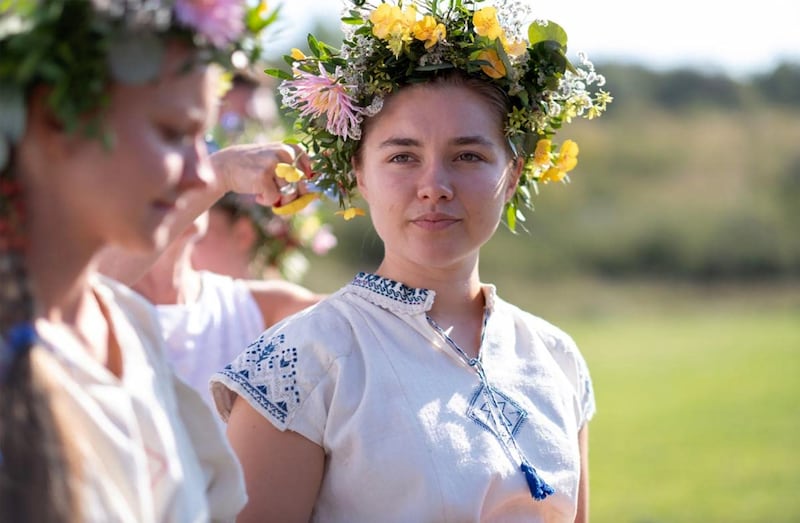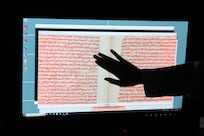Of all the film genres, horror has branched out the most.
From slasher to monster, gothic to paranormal, alien to zombie and found footage to comedy, there isn’t an area of life that hasn’t been given a scary twist thanks to the category.
While the folk horror film genre has been around for decades, its sporadic return to the spotlight acts as a reminder that when it comes to providing genuine doom-laden scares, the genre remains a hit with critics and fans.
Two recent releases, A Guide to Becoming an Elm Tree from Irish filmmaking duo Adam and Skye Mann, and the British film Starve Acre directed by Daniel Kokotajlo, starring The Crown and Doctor Who star Matt Smith, have won acclaim thanks to their creepily slow build towards terror.
What is folk horror?
Folk horror is a sub-genre with its roots in folklore and fairytale. Myths and legends, often localised according to where the film is set, are used to create an impending sense of doom and a feeling of disconnect between the protagonists and the community.
Settings are usually rural as opposed to big cities, and themes of isolation, superstition, paganism and the darker side of nature (and human nature) loom large.
Finnish director Erik Blomberg’s 1952 The White Reindeer is an oft-cited classic. The film, which played at Cannes, is described by the British Film Institute as conjuring “a sense of genuine dread, combined with a magic realism".
Folk horror is also a mainstay of South-East Asian cinema, where filmmakers draw on local, esoteric beliefs and cultures.
The 2021 Thai-South Korean mockumentary The Medium delves into the genre with a tale of a woman who may or may not be possessed by the spirit of a local goddess.
Folk horror has emerged in film and literature across the world, with American author Stephen King’s 1984 novel Children of the Corn as a prime example.
The genre, says folk horror writer Adam Scovell, is about “the evil under the soil, the terror in the backwoods of a forgotten lane, and the ghosts that haunt stones and patches of dark, lonely water.”
Here are some folk horror films to watch...
The Wicker Man, 1973
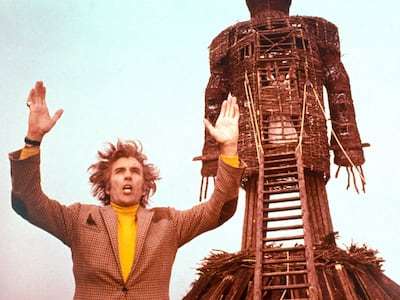
What communities get up to when untethered from the influences of the outside world is explored in this classic folk horror.
Sent to the isolated Scottish island of Summerisle in search of a missing girl, police officer Sergeant Neil Howie (Edward Woodward) discovers that the locals have abandoned Christianity in favour of a form of Celtic paganism.
Drawing inspiration from the 1890 book The Golden Bough: A Study in Magic and Religion by the Scottish anthropologist Sir James George Frazer, the film delves into occult traditions and sacrifice.
Historically, a wicker man was used by druids in Celtic Europe to sacrifice animals as part of harvest time rituals and in later centuries on midsummer’s eve.
The Witch, 2015
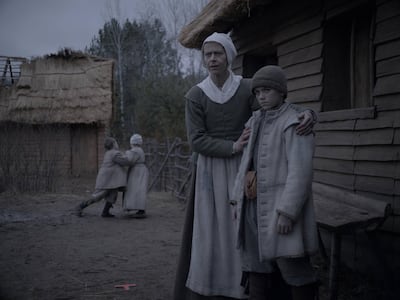
Set in 1630s New England, the film follows a Puritan family who, after being ousted from their community following a religious dispute, settle near a large, secluded forest and build a farm.
With the real-life Salem witch trials just a few decades away, the film leans heavily into the all-consuming patriarchy of the era, building a sense of dread after a newborn, Samuel, disappears while in the care of his older sister Thomasin (Anya Taylor-Joy).
Hysteria around religion and witchcraft are explored in this expertly crafted film.
Midsommar, 2019
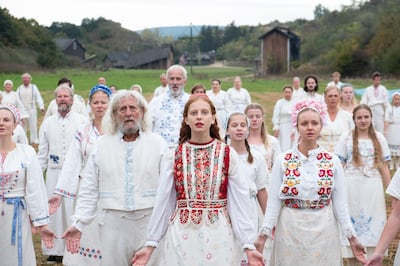
Starring Florence Pugh and Will Poulter, this low-budget indie film was a critically acclaimed hit, grossing $48 million on an $8 million budget.
Ari Aster, the man behind 2018’s Hereditary, directs this story of troubled couple Dani (Pugh) and Christian (Jack Reynor), who travel to Sweden to attend a midsummer festival in rural Halsingland.
The film moves quickly to unsettle audiences by leaning into the plot device of the outsiders entering a close-knit community where all is not what it seems.
Although steeped in a sense of tradition that harkens back to olden times – maypoles, flower crowns and ceremonies – Aster effectively works to remove the comfort those customs usually bring.
Men, 2022
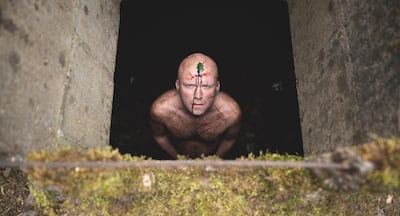
After the apparent suicide of her abusive husband James (Paapa Essiedu), Harper Marlowe (Jessie Buckley) rents an isolated house in a village in England.
The home’s owner, Geoffrey (Rory Kinnear) gives the impression that there’s something a little off with the town, and soon Marlowe meets more of the local men – all played by Kinnear and all intent on punishing her for James’s actions.
The symbolic Green Man, also known as a foliate head, features predominantly in the film and is a Pagan symbol believed to symbolise the cycle of life, death and rebirth.
The image is found mainly across England where it dates back to the Iron Age, as well as in France and Germany. However, second-century versions have also been found in Lebanon and Iraq.
